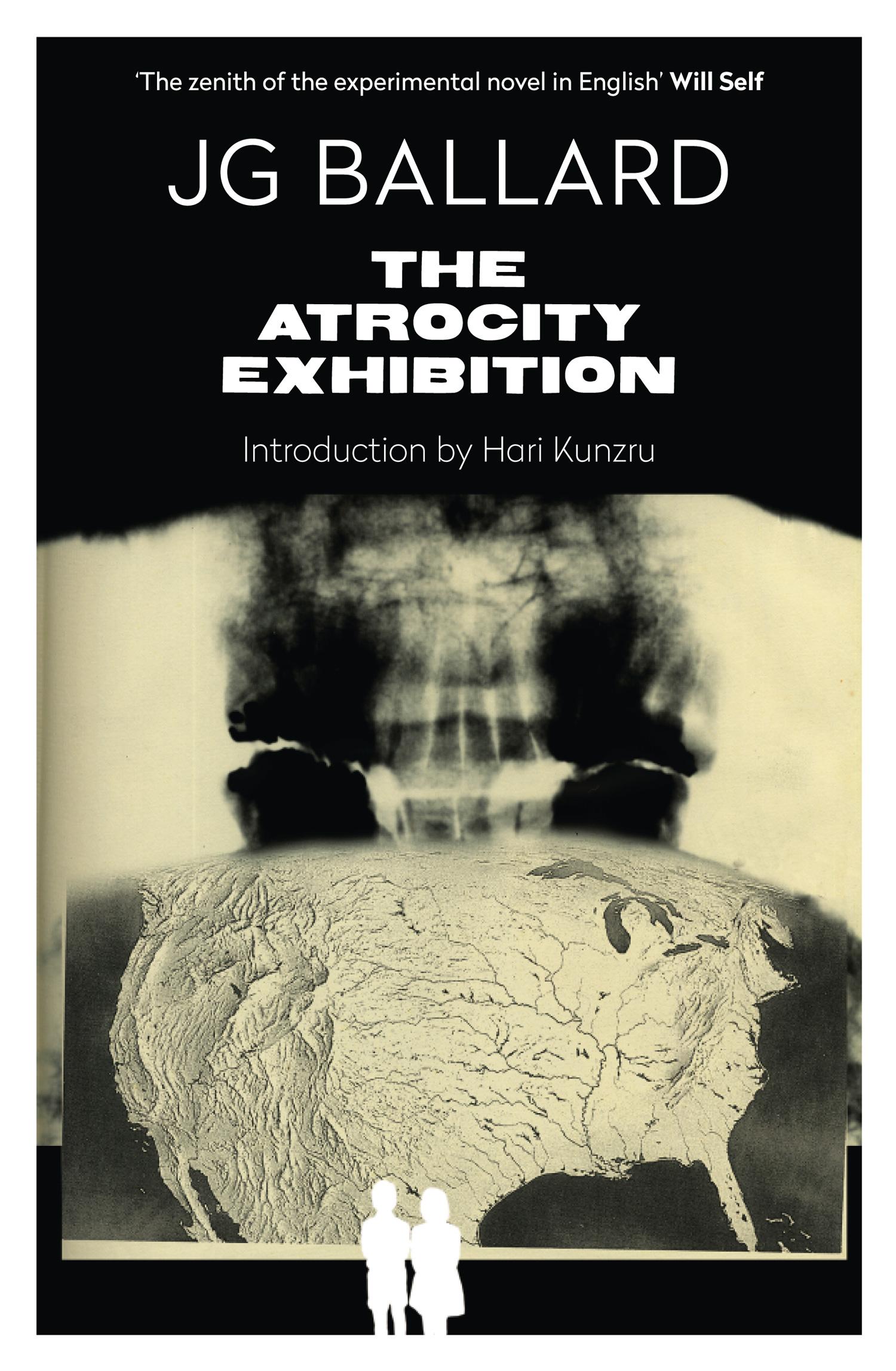The Atrocity Exhibition
 Leo Robson - J.G. Ballard, The Atrocity Exhibition (1970)
Leo Robson - J.G. Ballard, The Atrocity Exhibition (1970)
The Atrocity Exhibition, the book of definitions, "notes", dreams, and vignettes published by JG Ballard in 1970, now seems an obvious candidate for a retrospective Goldsmiths Prize. But I doubt it would have won at the time, not because of the possible competition-B S Johnson's House Mother Normal, Ann Quin's Passages, and Muriel Spark's The Driver's Seat were all published within a year on either side-but because it took Ballard a long while to gain the recognition as an innovator alongside those writers. Ballard's early work - an idle consensus said - emerged from SF, one of progressive literature's mortal enemies. Later on, there was the memoir-novel Empire of the Sun, adapted by Spielberg, which belonged firmly to the middlebrow, another of progressive literature's mortal enemies. Ballard didn't write metafiction. He didn't quote Joyce. His language was flat (he even claimed not to have "thought much about style"). In the nickname 'seer of Shepperton' it was the image of the suburbs that cast the stronger spell. (The irony was not that the avant-garde were a traditionally city-dwelling tribe but that he was an urban type: well-informed, up-to-the-minute, angry.) If The Atrocity Exhibition was cited, it was for its penultimate item, "Why I Want to Fuck Ronald Reagan", and even that was cited for its irreverence, and used as fodder for allusive headlines. But "Why I Want to Fuck Ronald Reagan" wasn't just a ringing title and one-sentence punchline. It was a pair of sentences - "During these assassination fantasies Tallis became increasingly obsessed with the pudenda of the Presidential contender mediated to him by a thousand television screens. The motion picture studies of Ronald Reagan created a scenario of the conceptual orgasm, a unique ontology of violence and disaster." - punctuated at irregular intervals by spry if poisonous reflections on Reagan's face, hair, "conceptual role", the high incidence of orgasms in sexual fantasies involving Reagan (one reason to want to fuck him, presumably), and experiments in which a replica of Reagan's head were placed on the "unretouched photographs of crash fatalities." (The seeds of Ballard's later, straighter novel Crash are here, as well as, more obviously, in the item entitled "Crash!", which begins, "The latent sexual content of the automobile crash" and ends, "It is clear that the car crash is seen as a fertilizing rather than a destructive experience, a liberation of sexual and machine libido, mediating the sexuality of those who have died with an erotic intendity impossible in any other form.) The novel's previous item, "The Generations of America", written a decade before John Hinckley Jr knew that he wanted to shoot Ronald Reagan-he still doesn't know why-is a four-page list of assassinations and murders, phrased as a series of inverted begats. "Sirhan Sirhan shot Robert F. Kennedy... And James Early Ray shot Martin Luther King", and so on into lesser-known territory. Read today, when general weariness towards the conventions set down in the late nineteenth century have alerted us to the experimental challenges, the return to its freeform and multiform origins, executed across the twentieth, 'The Atrocity Exhibition' is easily recognised as a descendant of Sterne and Swift, a disciple of Joyce and Kafka and Borges, a cousin to Rauschenberg and Warhol and Renata Adler, an ancestor of Ben Marcus, Jason Schwartz, and Roberto Bolano, and a source of inspiration to any novelist who knows in his or her bones that the novel's freedoms, its capacity for freshness, were starkly limited by the growth, development, and imperial victories of the genre that called itself realism.
Will Self - J.G. Ballard, The Atrocity Exhibition (1970)
Ballard – who I had the honour to have as my own literary mentor, and to count as a friend – was, in my view, incomparably the most important English novelist of the postwar period, and The Atrocity Exhibition is his chef d’oeuvre: formally, in terms of content, ambition and reach, it carved out the conceptual territory into which scores – if not hundreds – of other writers have subsequently advanced. Ballard was a flinty-eyed innovator, who in this text, took the techniques pioneered by Tristan Tzara and Alfred Jarry to another revelatory level.
Back to the Fantasy Prize collection